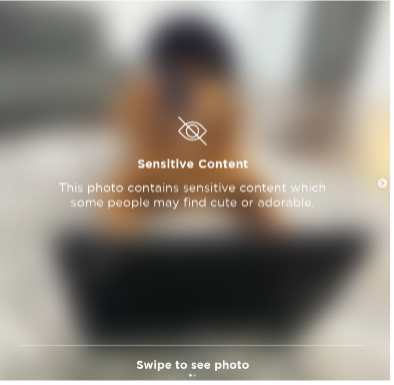B2B companies often face the challenge of building and maintaining long-term relationships with multiple decision makers at any given client. This is in stark contrast to many of their B2C counterparts, which focus on selling products to individual customers. Those B2C companies tend to track sales and conversion rates far more easily than B2B companies, which have a long sales cycle that starts with awareness and reputation-building. So it can be hard for B2B companies to measure the success of their marketing efforts in certain channels, including social media.
Still, social media is a valuable platform for offering a glimpse into what a relationship with your business might be like, showcasing your offerings, and elevating your people. B2B marketers who understand their target audience, avoid bandwagon trends that aren’t relevant, and listen to lessons they glean from performance data will see the engagement and community-building they seek. Here are a handful of B2B companies doing social media well:
Accenture
The tech-driven consultancy stands behind its philosophy of “change,” and it shows on its social media channels: Accenture is not afraid to experiment and use all features available. On Instagram, its Highlights create a user experience that shows what Accenture’s priorities are and allows users to interact with each of them. The company also understands the value video brings, with about 60 percent of its posts so far this year (Q1 2024) being reels. It is also one of the few B2B companies we’ve seen incorporate accessibility into its social media strategy, and the company found a creative way to introduce it to their existing audience:
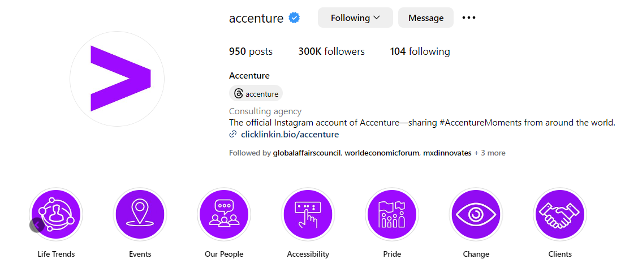

Gartner
It’s no surprise that one of the world’s leading research consulting firms does a great job with optimizing data, information graphics, and charts for social media. The company brings this know-how to all channels, but the most effective use is on LinkedIn, where it has twice as many followers as competitor Nielsen and six times as many as Forrester, as well as higher engagement than both competitor accounts. The charts Gartner shares also showcase an example of repurposing content it has already developed for its reports and website.
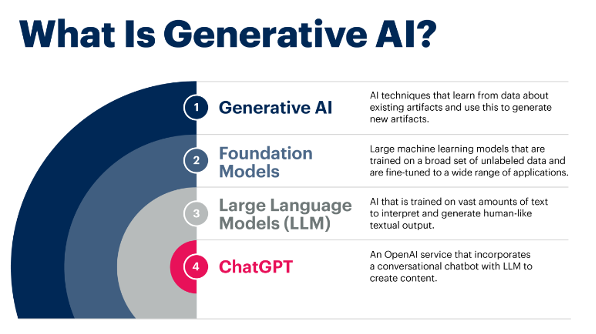

Square
On visually driven platforms such as Instagram, it’s easy to rely too heavily on images to tell the whole story and drive engagement. Payment app and financial services company Square has mastered the art of incorporating text and typography, showcasing the businesses, chefs, entrepreneurs, and customers who follow the company. Overlaid descriptive text and labels provide a better user experience and a clearer narrative about the people and businesses Square supports. It gives the page an editorial feel, which resonates with Square’s core clients—small to medium-size businesses—and it allows the audience to better understand the objective of each post and the account in general. This hasn’t always been the case; just a few years ago, Square’s page leaned heavily into pared-down, text-only posts.
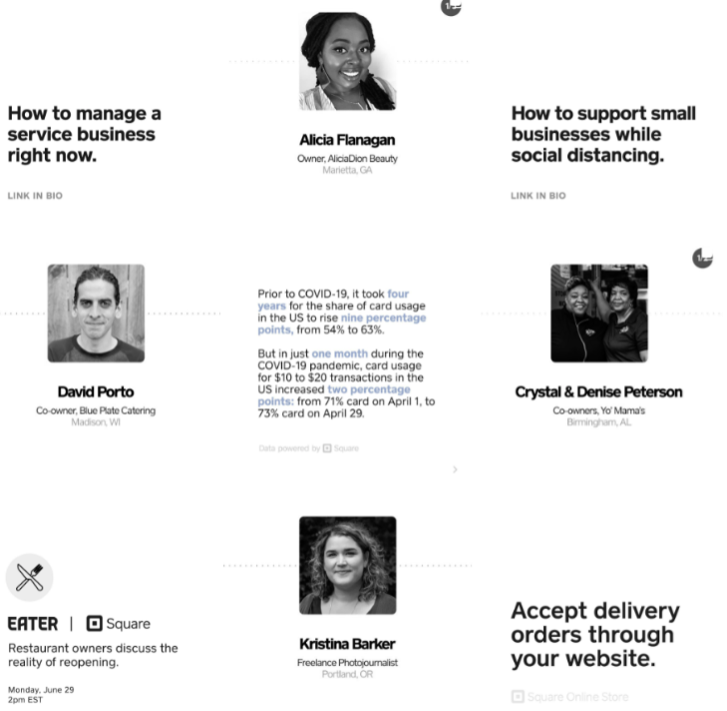
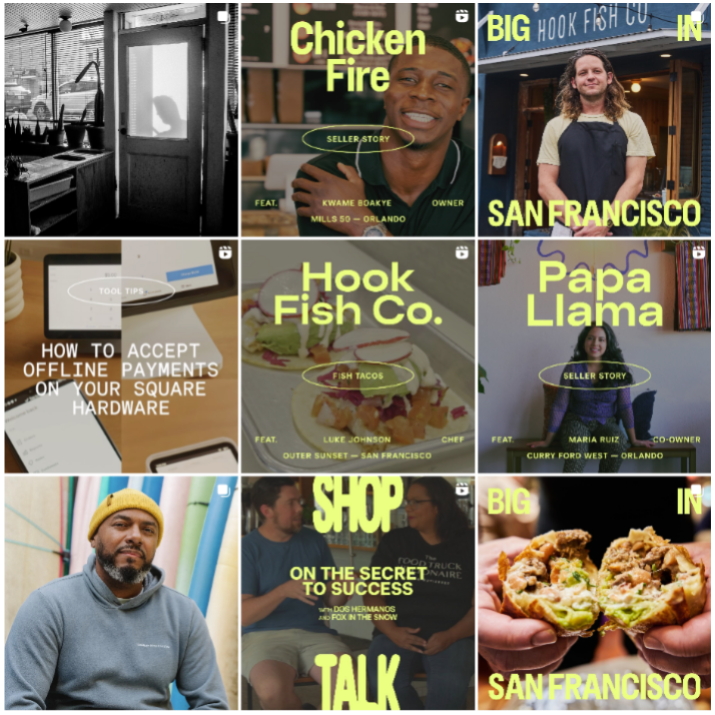
Sanofi
Based in Paris, healthcare and pharmaceutical company Sanofi is thoughtful about tying its mission to its business through its sponsorships. The company keeps its messaging focused on the talent and skill of its sponsored athletes, but it also uses this showcase to reflect the company’s values, leaving the audience with a sense of commitment to perfecting a craft, whether it be athletics or science.

Lenovo
Straddling B2B and B2C more than the others mentioned here, Lenovo breaks the mold of typical tech company accounts, which are largely related to product highlights and features. It instead incorporates witty, clever trends adapted to its services and capabilities, earning it more followers than competitors Dell and Acer on Instagram. For example, for years the company has posted “sensitive content” photos, which reveal adorable pets next to Lenovo technology; the posts typically gain two to three times more “likes” than Lenovo’s other static posts. These posts show the company understands its audience by recognizing how technology fits into various lifestyles and how global working trends have changed. It also has led to an increase in post interactions—positively affecting Instagram’s algorithm—because visitors need to click to see the image.
